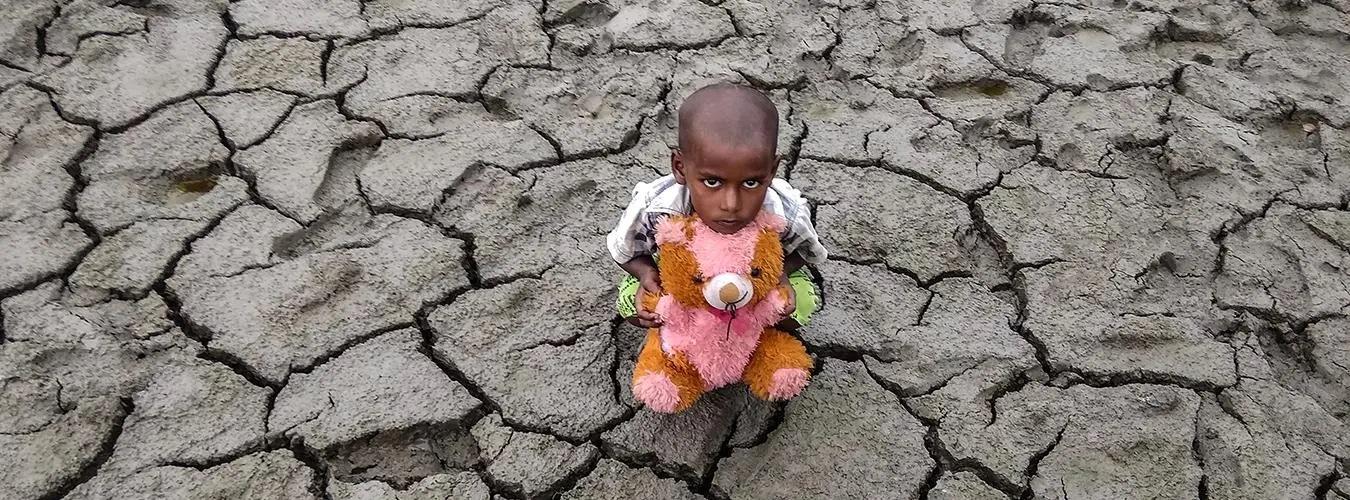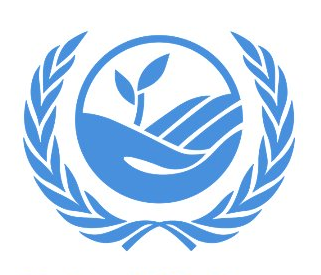
Desertification and its effects
Desertification is a phenomenon that ranks among the greatest environmental challenges of our time.
Although desertification can include the encroachment of sand dunes on land, it doesn’t refer to the advance of deserts. Rather, it is the persistent degradation of dryland ecosystems by climate change and mainly human activities: unsustainable farming that depletes the nutrients in the soil, mining, overgrazing (animals eat away grasses and erode topsoil with their hooves) and clear-cutting of land, when the tree and plant cover that binds the soil is removed. It occurs when trees and bushes are stripped away for fuelwood and timber, or to clear land for cultivation.
Wind and water erosion aggravate the damage, carrying away topsoil and leaving behind a highly infertile mix of dust and sand. It is the combination of these factors that transforms degraded land into desert.
Impact of desertification in nature and population
Desertification is a global issue, with serious implications worldwide for biodiversity, eco-safety, poverty eradication, socio-economic stability and sustainable development.
Drylands are already fragile. As they become degraded, the impact on people, livestock and environment can be devastating. Some 50 million people may be displaced within the next 10 years as a result of desertification.
The issue of desertification is not new though — it played a significant role in human history, contributing to the collapse of several large empires, and the displacement of local populations. But today, the pace of arable land degradation is estimated at 30 to 35 times the historical rate.
Some two billion people depend on ecosystems in dry land areas, 90% of whom live in developing countries. A downward spiral is created in many underdeveloped countries, where overpopulation causes pressure to exploit drylands for farming. These marginally productive regions are overgrazed, the land is exhausted and groundwater is overdrafted.
Some actions could help to reduce desertification:
- Reforestation and tree regeneration.
- Water management — saving, reuse of treated water, rainwater harvesting, desalination, or direct use of seawater for salt-loving plants.
- Buttressing the soil through the use of sand fences, shelter belts, woodlots and windbreaks.
- Enrichment and hyper-fertilizing of soil through planting.
- Farmer Managed Natural Regeneration (FMNR), enabling native sprouting tree growth through selective pruning of shrub shoots. The residue from pruned tress can be used to provide mulching for fields thus increasing soil water retention and reducing evaporation.
Towards sustainable development thanks to UNCCD
Desertification, along with climate change and the loss of biodiversity, were identified as the greatest challenges to sustainable development during the 1992 Rio Earth Summit.
Two years later, in 1994, the General Assembly established the United Nations Convention to Combat Desertification (UNCCD), the sole legally binding international agreement linking environment and development to sustainable land management, and declared 17 June "World Day to Combat Desertification and Drought" by its resolution A/RES/49/115.
Later on, in 2007, the UN General Assembly declared 2010-2020 the United Nations Decade for Deserts and the fight against Desertification to mobilize global action to fight land degradation, led again by the UNCCD Secretariat.
UNCCD's 197 parties (169 affected by desertification) work together to maintain and restore land and soil productivity, and to mitigate the effects of drought in drylands — the arid, semi-arid and dry sub-humid areas, where some of the most vulnerable ecosystems and peoples can be found.
Since 2017, the UNCCD and its partners supported about 70 drought-prone countries to develop national action plans to reduce drought disasters.


